INTRODUCTION
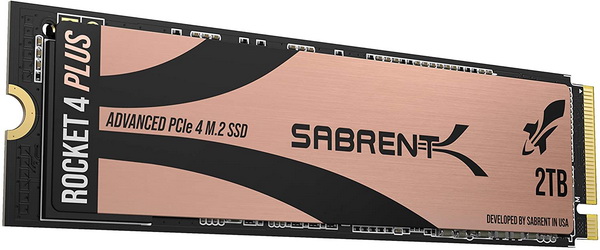
The 2nd generation of PCIe Gen 4x4 M.2 NVMe drives has taken the market by storm with performance numbers surpassing 7000-6000MB/s in reads and writes respectively. This practically means that 1st generation PCIe Gen 4x4 M.2 NVMe drives and their performance (5000MB/s) were surpassed in record time (less than a year really) so people who were quick to get one for their brand new AMD systems may feel somewhat disappointed. Still technology waits for noone and so today I’ll be testing one such model, the Rocket 4 Plus 2TB by Sabrent.
Sabrent is a leading American manufacturer of computer peripherals and accessories, bringing uniquely styled quality products to consumers worldwide. Sabrent’s commitment is to offer the latest technology and the highest quality consumer electronic products at an affordable cost to everyone. Since its founding, Sabrent has consistently delivered to market a full line of computer peripherals and accessories that incorporate style, quality and the latest technologies available.
For the Rocket 4 Plus PCIe Gen 4x4 M.2 NVMe drive is based on the brand new NVMe v1.4 compatible PS5018-E18 NAND flash controller by PHISON which is the successor to their highly popular and successful NVMe v1.3 compatible PS5016-E16 NAND flash controller. Just for the record even though both controllers feature 8-channels together with 32-bit ARM Cortex R5 CPUs (dual-core for the E16 and tri-core for the E18) sporting their CoXProcessor technology the E18 is capable of reaching speeds of up to 7400MB/s while the E16 can only go up to 5000MB/s. Aside the PHISON PS5018-E18 NAND flash controller the Rocket 4 Plus 2TB M.2 NVMe is paired with Micron’s 512Gb 96-layer 3D TLC NAND flash and DDR4 SDRAM at 1600MHz by SKhynix (1GB for the 1TB model and 2GB for the 2TB model). As for the PS5018-E18 NAND flash controller it features the 4th Gen LDPC engine (low-density parity check) along with end-to-end data path protection, wear levelling, thermal throttling (70 degrees Celsius limit), TRIM, bad block management, dynamic range SLC cache and SmartECC (RAID ECC) and fully supports AES-256bit hardware encryption and TCG Opal 2.0 and Pyrite. Sabrent also covers the entire Rocket 4 Plus line with a 5-year limited warranty and as for endurance numbers it reports 700TBW for the 1TB model and 1400TBW for the 2TB model (MTBF of 1.6 million hours for both).
SPECIFICATIONS AND FEATURES

PACKAGING AND CONTENTS
Sabrent uses a small black box to ship the Rocket 4 Plus model the front of which has their logo, product picture, drive capacity and a sticker regarding the Acronis True Image software included in the bundle.
The serial number and barcode of the product are placed at the rear along with yet another product picture.

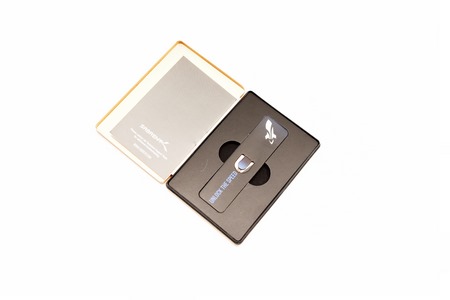 Removing the exterior reveals an aluminum box the inside of which is filled with black foam.
Removing the exterior reveals an aluminum box the inside of which is filled with black foam.
Along with the drive itself you're also getting the installation guide (you can download the Acronis True Image software from the company website).
THE ROCKET 4 PLUS 2TB
The Rocket 4 Plus 2TB is an NVMe 1.4 M.2 Gen 4x4 SSD which once again follows the typical 2280 factor (22mm in width and 80mm in length).
Once you remove the top cover (which is basically a copper heatspreader which helps dissipate a small amount of heat - meaning if you can pair the drive with a regular heatsink do so) you will see the PHISON PS5018-E18 NAND flash controller, 1GB DDR4 SDRAM 1600MHz module by SKhynix and 4 Micron 256GB 96-layer 3D TLC NAND flash modules.
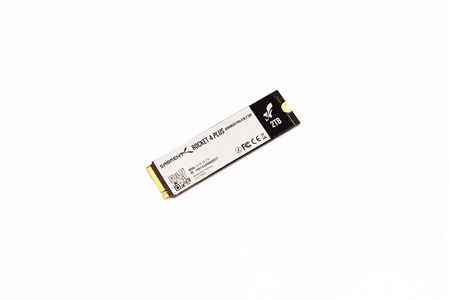

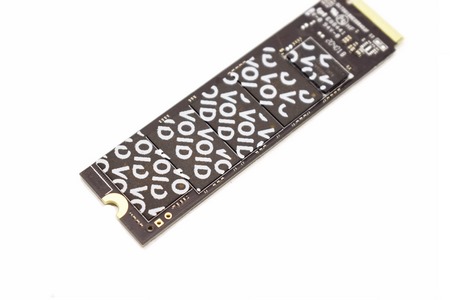 This isn't a single side M.2 SSD model so turning the drive over we see yet another sticker under which we find a 2nd 1GB DDR4 SDRAM 1600MHz module by SKhynix and 4 more 256GB 96-layer 3D TLC NAND flash modules by Micron (removing this sticker will void your warranty).
This isn't a single side M.2 SSD model so turning the drive over we see yet another sticker under which we find a 2nd 1GB DDR4 SDRAM 1600MHz module by SKhynix and 4 more 256GB 96-layer 3D TLC NAND flash modules by Micron (removing this sticker will void your warranty).
TEST BED


TESTING METHODOLOGY
After over 12 years of testing solid state drives, i’ve concluded that it's almost impossible for any single benchmark suite to accurately measure their performance and that's why in certain benchmark suites we see amazing read/write performance numbers with some drives while in others things are quite different. The reason behind this is that some benchmarking suites are configured to read and write random chunks of data while others read and write constant (sequential) ones. So that's why i always use a very wide selection of benchmarking suites including AIDA64, HD Tach RW, HD Tune Pro, Crystal Disk Mark, Sisoftware Sandra Pro, AS SSD, IOmeter and ATTO. To get the most accurate results each test gets repeated a total of 6 times with the average performance numbers recorded into our charts*. Also, as of February 25th 2015 our results will also include the Storage Networking Industry Association’s (SNIA) IOMeter tests. These tests include a 12 Hour write test used to “simulate” performance degradation over time and a mixed workload test which basically shows what you can expect when using an SSD continuously for roughly two hours. Unfortunately, due to the time required for these tests we repeat them a total of 3 times and not 6 as the above.
Many people have made inquiries about our charts in the past so once again please do keep in mind that the Charts have the average performance numbers of each drive recorded and not the peak (highest) ones. Also, although every single one of these programs can help potential buyers choose the right drive for their needs you should also remember that from any kind of benchmark up to real world usage the gap is not small (and usually most differences will go unnoticed by most people). All tests were performed in a fresh Windows 10 Pro x64 installation complete with every update up to the date of this review.
* Since November 2018 the SSD comparison charts have been divided to 2.5” and M.2 models to reduce their growing size.
** Unless stated otherwise the Ryzen 9 3950x based Test Rig used for M.2 Gen 4 SSD reviews is not located in the lab.
*** As of January 2021 for Gen 3x4 models I’ll be using the Core i9-7980XE test rig (after numerous tests the up to 6% difference in read & write performance compared to the i7-6700 system simply wasn’t enough to justify having an extra test rig around)
TEST RESULTS - AIDA64 / ATTO
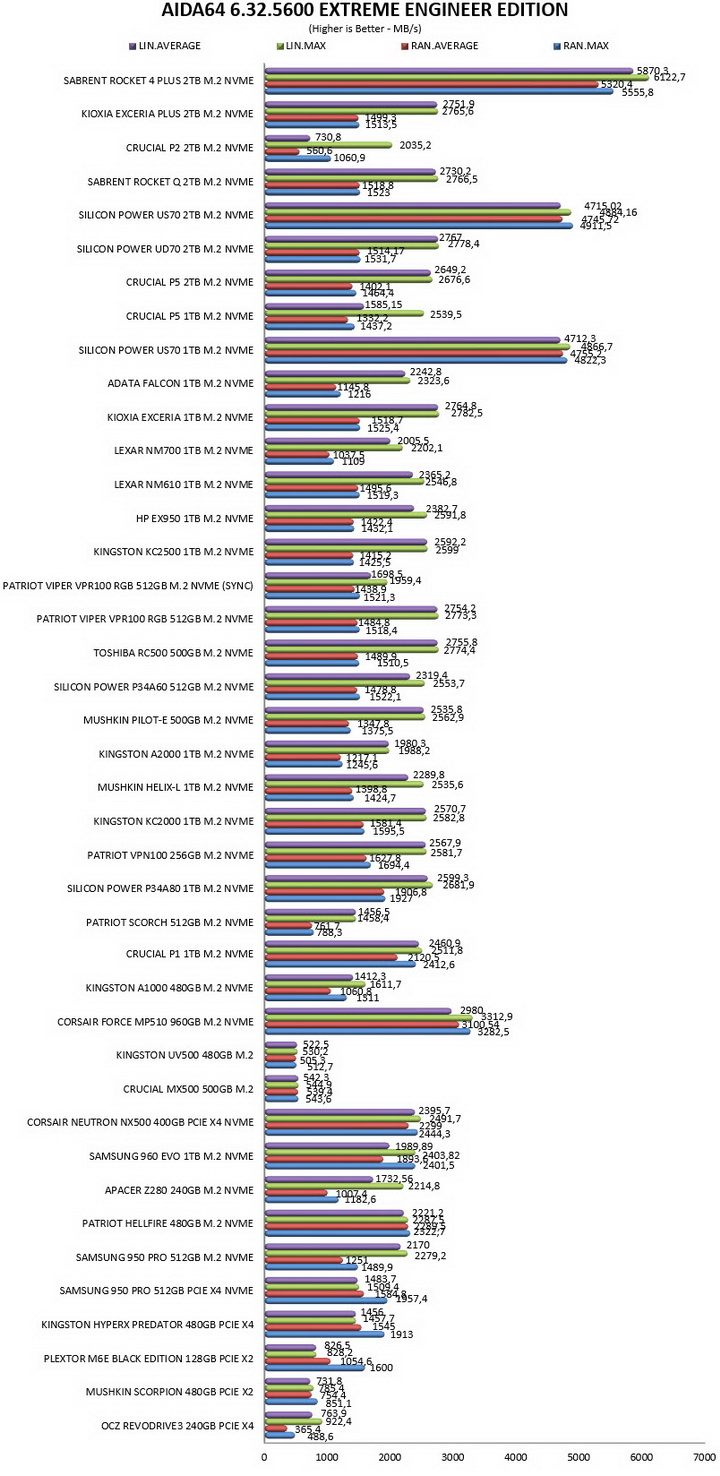

TEST RESULTS - HD TACH RW / HD TUNE PRO
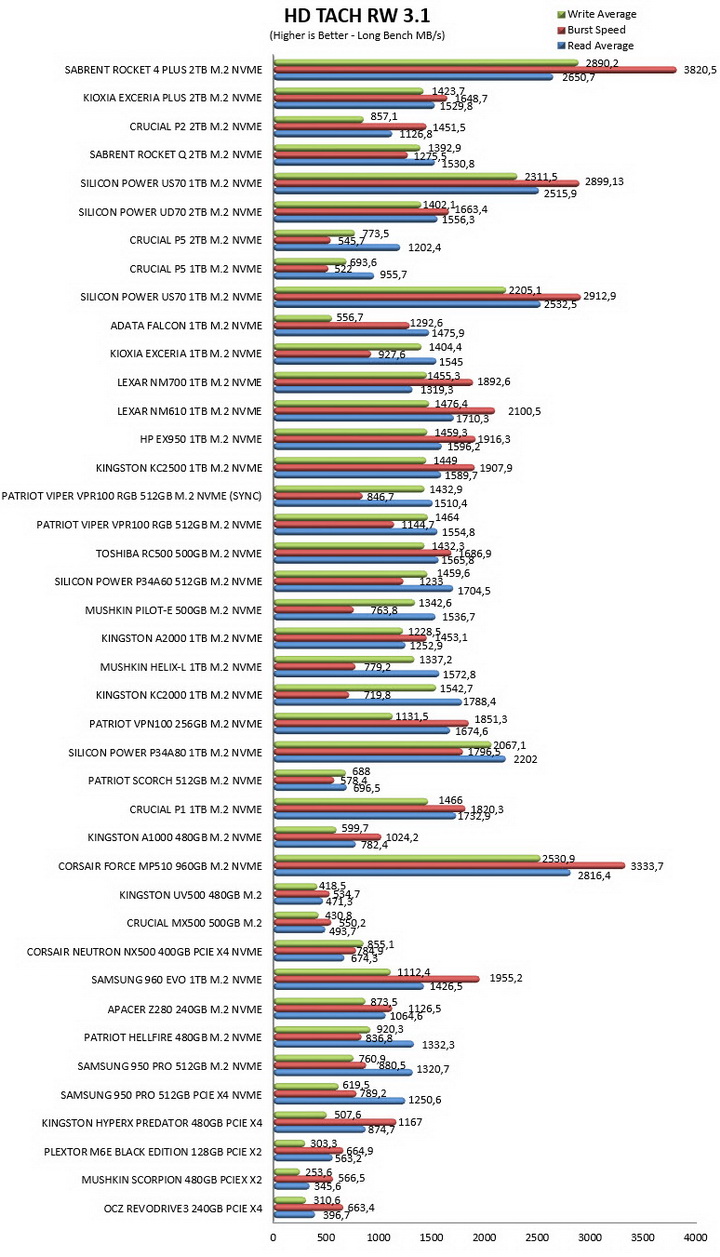
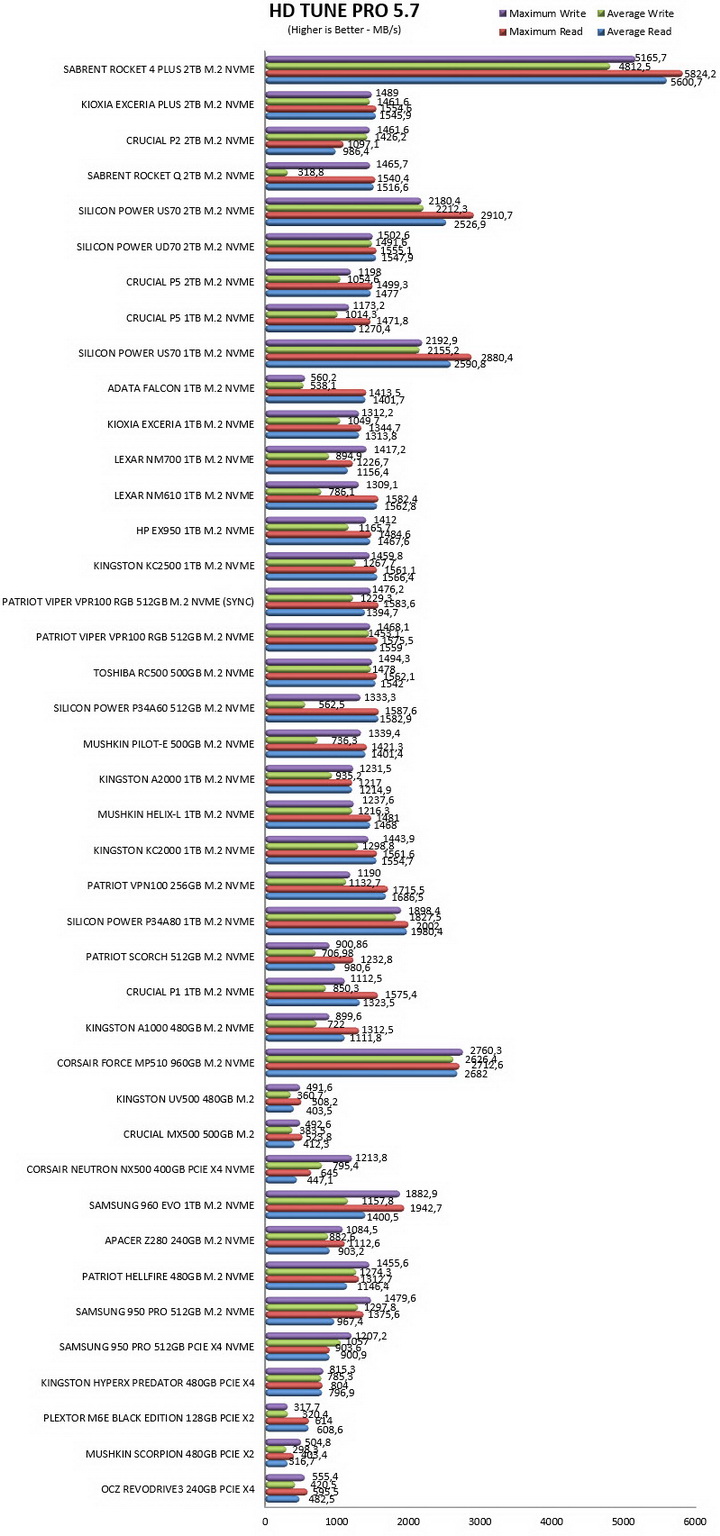
TEST RESULTS - SISOFTWARE SANDRA PRO / CRYSTAL DISK MARK


TEST RESULTS - AS SSD / IOMETER
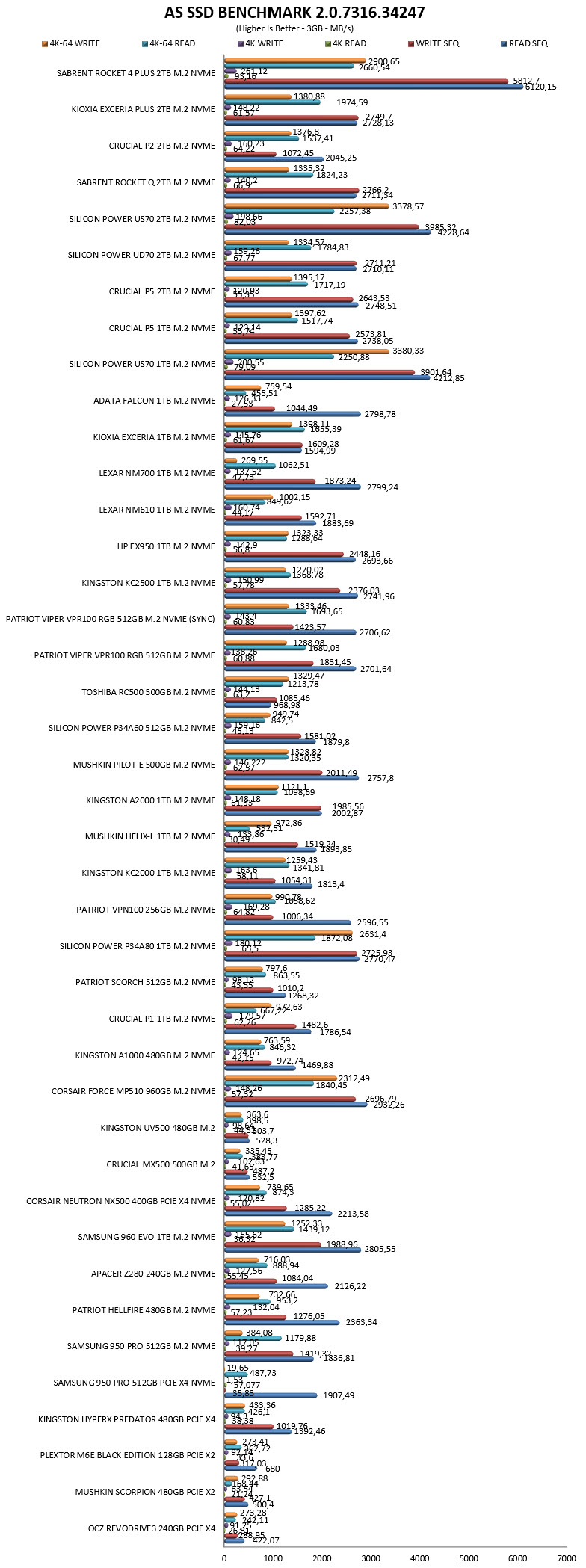
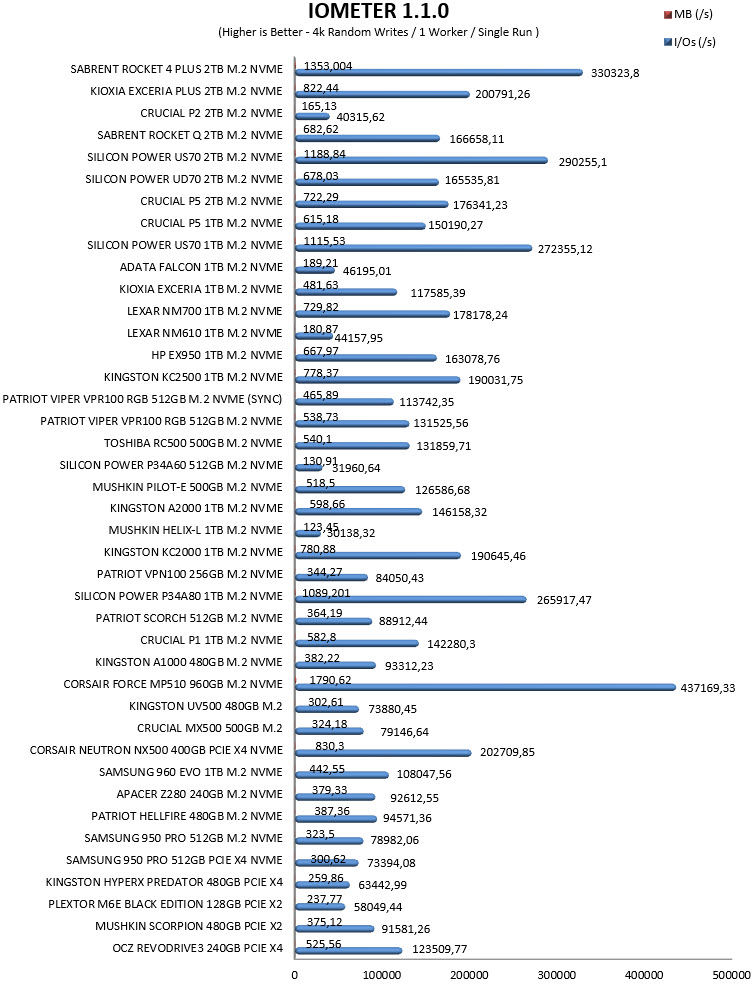
TEST RESULTS - IOMETER SNIA
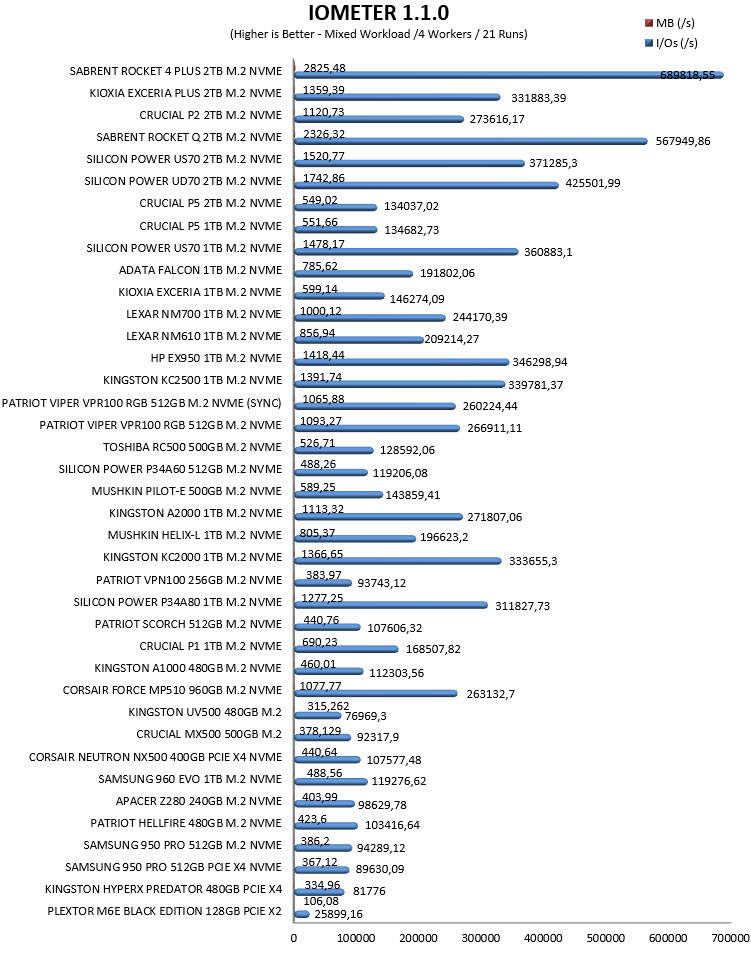
CONCLUSION

It’s clear from almost every single one of the charts that there’s a significant performance jump from the first generation of Gen 4x4 M.2 NVMe SSDs to the 2nd one. Yes, sustained read & write numbers are not quite as impressive but overall, there’s no denying that there are obvious real world benefits by owning a 2nd generation model as opposed to a 1st generation one (the how much those are is up to each and every one to decide according to use). On the other hand however endurance numbers are clearly inferior to those of the 1st generation models (less than half really) but even so these should be more than enough for many years (the 5-year limited warranty after registration should offer a sufficient “failsafe”). Unfortunately, once again thermal throttling comes into play when it comes to sustained numbers and even though Sabrent has a very efficient heatsink available they sell it separately something which I wish wasn’t the case. So, if you do plan on getting the Rocket 4 Plus and your motherboard doesn’t come with a good enough M.2 heatsink, I strongly recommend checking (and even getting) the Sabrent one (at around USD25/25Euros it’s worth it).
At USD399.99 inside the USA (Amazon.com) and 399.89Euros inside the EU (Amazon.de) the Rocket 4 Plus 2TB is perhaps the lowest cost Gen 4x4 2nd generation M.2 NVMe model around. Sure, it’s not affordable but I can only compare it with similar products and here it clearly excels. Impressive performance numbers, good capacity, even better endurance numbers and a 5-year limited warranty are why the Rocket 4 Plus 2TB deserves the Platinum Award.

PROS
- Top of The Charts Performance (7100MB/s Read & 6600MB/s Write)
- Endurance (1400TBW / 1.6 Million Hours MTBF)
- 5 Years Warranty (After Registration)
- Acronis True Image Software
- High Efficiency Heatsink Available (Sold Extra)
- Price (Compared To Similar Models)
CONS
- Thermal Throttling (During Our SNIA Tests)
- Endurance Numbers (Could Be Higher)

 O-Sense
O-Sense






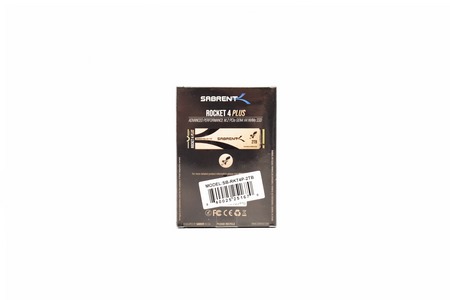

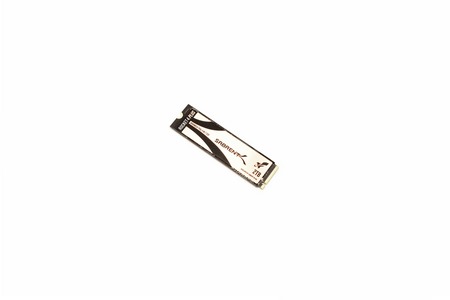


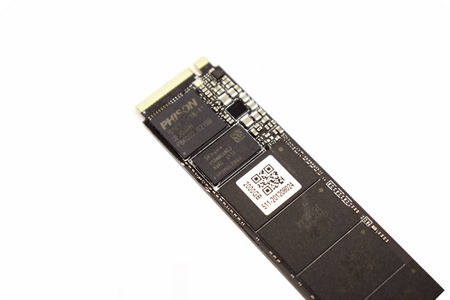
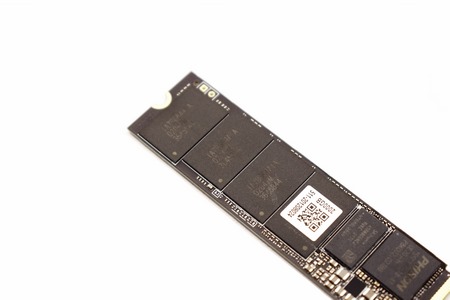

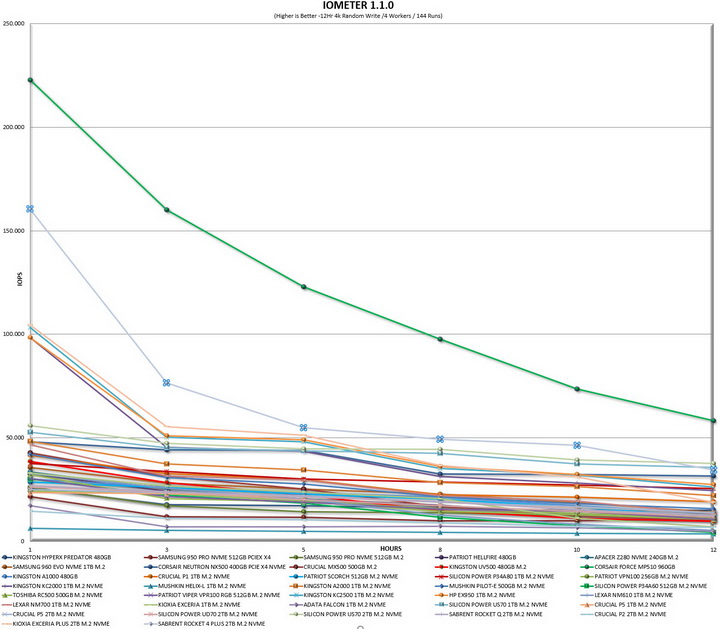


.png)

